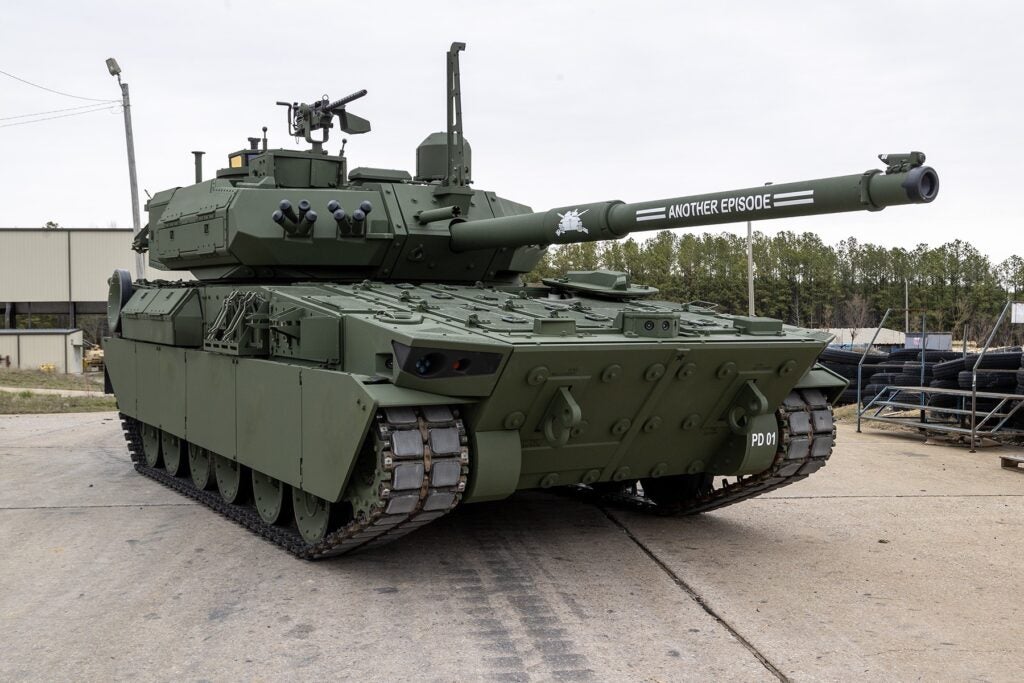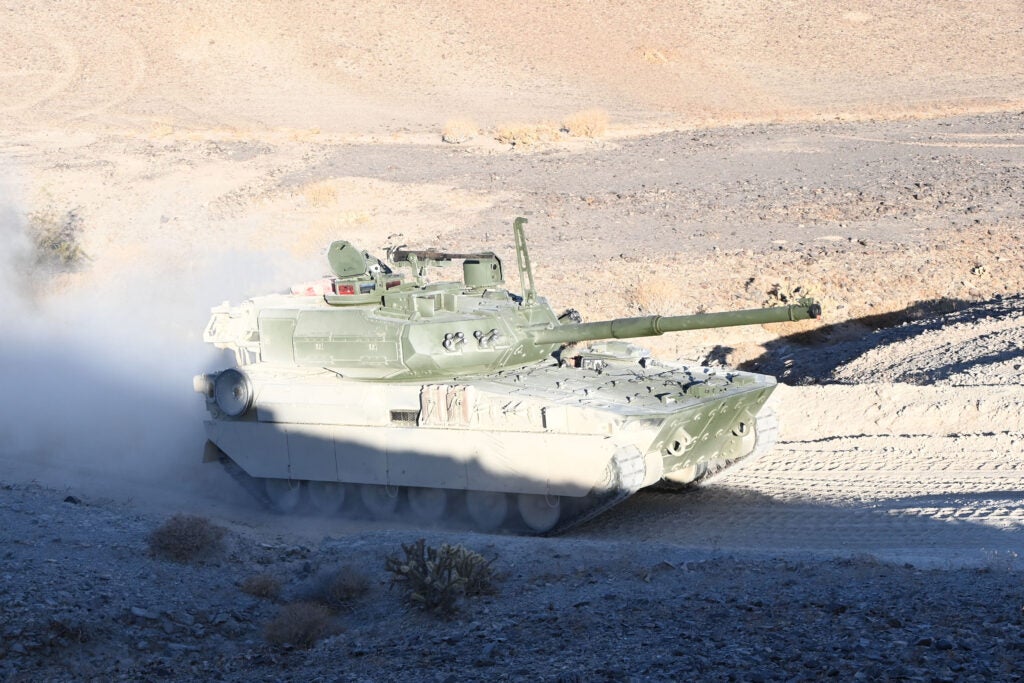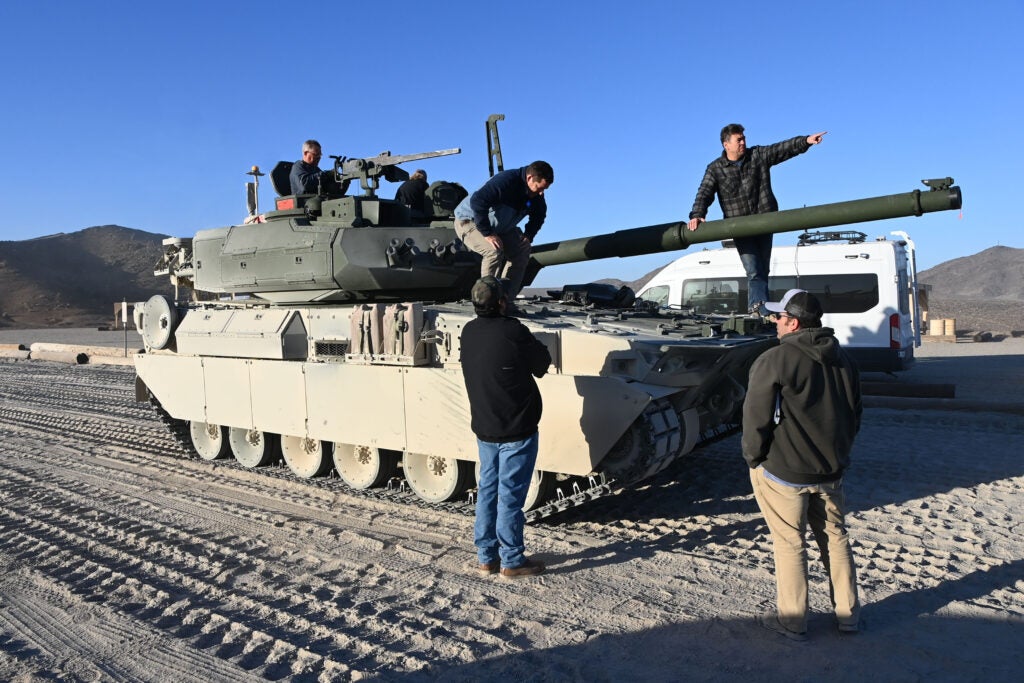US Army Scraps the M10 Booker
A recent Army memo has revealed that the M10 Booker, the US Army’s new light tank, appears to have been canceled. The memo comes as part of a much broader effort to overhaul Army procurement as detailed in the recent Army Transformation and Acquisition Reform memorandum sent out to senior pentagon leadership. This move comes almost three years after the $1.14 billion dollar contract was awarded to General Dynamics.

The memorandum released by secretary of defense Pete Hegseth mentions that the Army is being directed to “divest outdated formations, including select armor and aviation units across the Total Army”. A later discussion with Army secretary Dan Driscoll revealed that this would mean the cancellation of the M10 Booker. Discroll went on to say that “We got the Booker wrong, we wanted to develop a small tank that was agile and could do [airdrops] to the places our regular tanks can’t”. However, due to weight increases over the development of the program this requirement never ended up becoming a reality, and it was dropped in 2015. Driscoll would go on to say; “We got a heavy tank”.

Currently, the M10 weighs about 42 tons, and as such can only be airlifted by the C-17 Globemaster, one tank at a time. In addition to making airdropping impossible, this effectively brings it to having a similar logistical footprint as the M1A2 Abrams. In another example, the M10’s own home base of Fort Campbell had difficulty with supporting the tank, as many of the bases bridges were deemed to be unable to support the 42 ton weight of the tank. As such, the conclusion is that these weight and logistical concerns have gotten in the way of its intended role as a source of lightweight armored firepower for use as infantry support.
Another issue that plauged the M10 Booker was disputes over the Army’s right to repair the tank, with the tank’s manufacturer stating in the initial contract that they are to handle most levels of parts and mainainance that the Army would normally handle themselves on other tanks, thereby increasing cost.

All of these factors have combined for the Army to reach the conclusion that the M10 Booker program is no longer worth continuing, with Secretary Driscoll saying; “What’s historically happened is we would have kept buying this to build out some number of Bookers, and then in decades future we would have switched. Instead, we went to the Pentagon leadership and we said, ‘we made a mistake, this didn’t turn out right. We’re going to stop. We’re going to own it.'”
While the Army planned to acquire a total of 504 M10 Bookers, currently there are about 96 production model examples either completed or in various stages of production, and a further 12 prototypes to round out the current number of M10s at 108. With the first Booker-equipped unit due to stand up in a matter of weeks it is unclear what plans the Pentagon has for the light tanks already in inventory.

